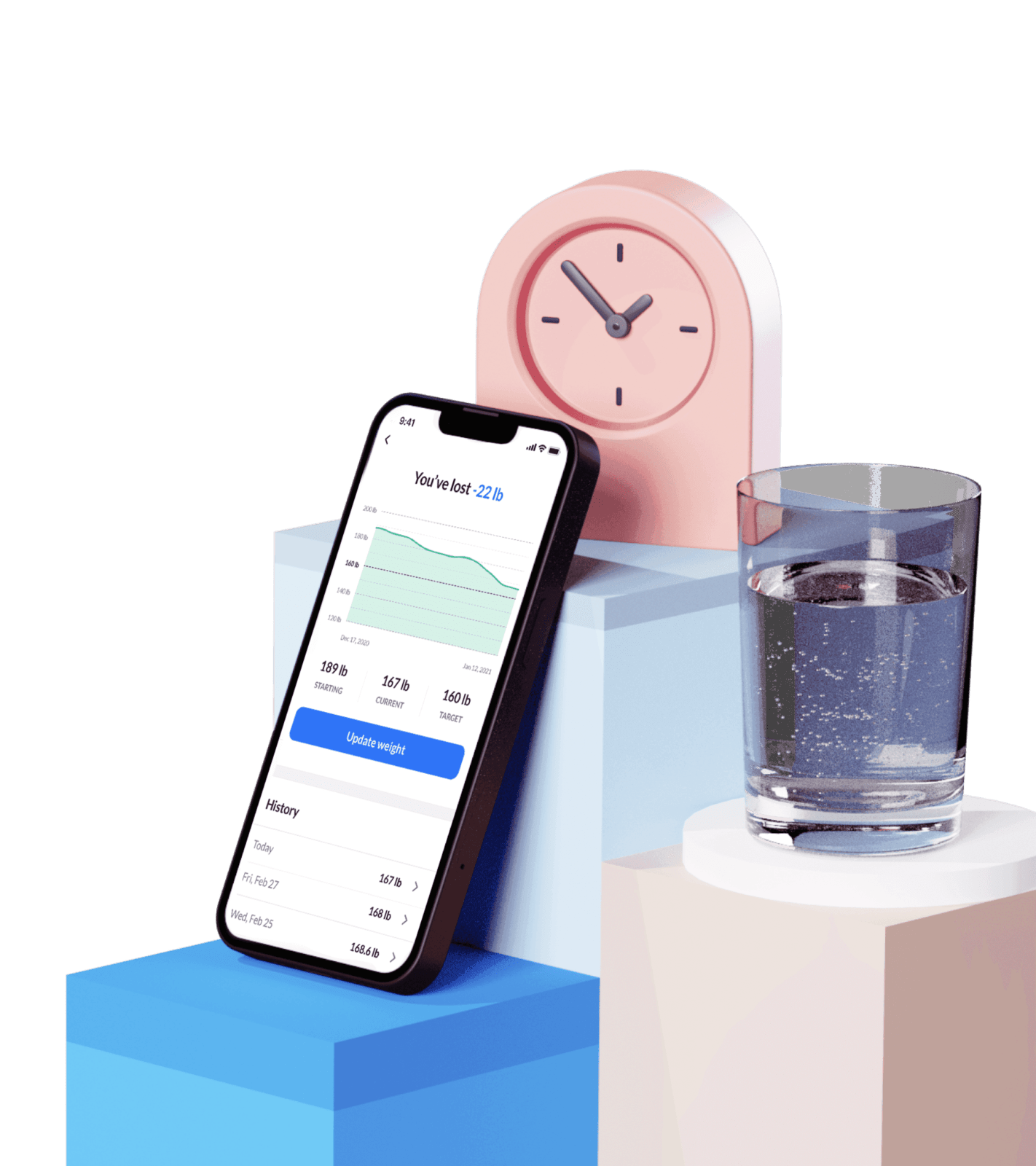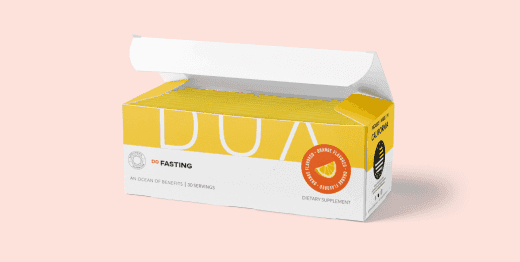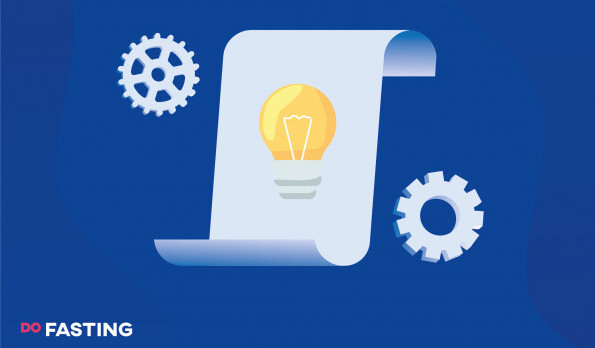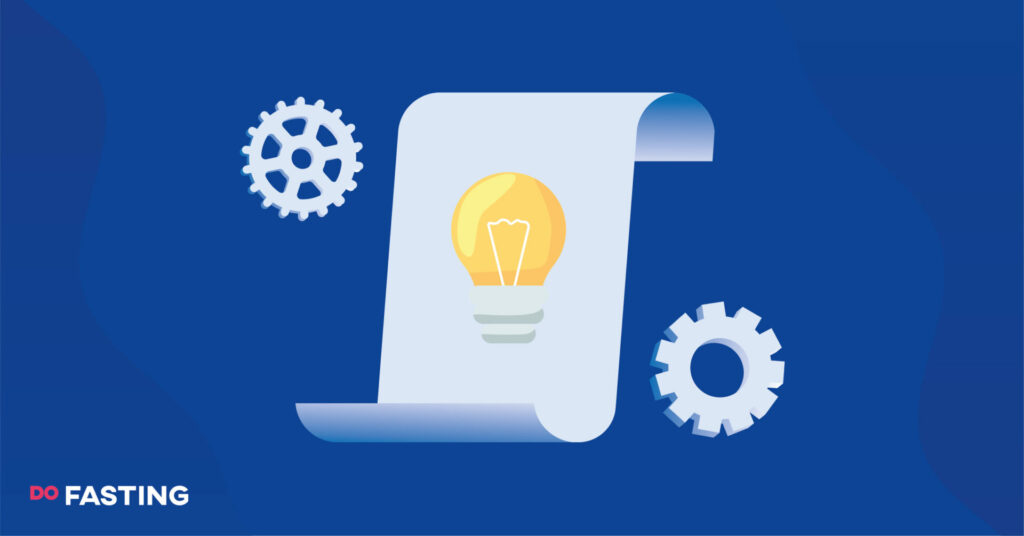Contents
What Is the CICO method, and How Does It Work?
“Calories in, calories out” is the name and the main idea behind the CICO method. This approach doesn’t specify what you should and should not consume, making it different from other diets with specific guidelines like the keto or paleo low-carb diets.
The CICO method is based on the premise that a calorie deficit will lead to weight loss—essentially, you should consume fewer calories than you burn. If you eat more calories than you use, you are likely to experience weight gain.
In order to follow the CICO diet’s guidelines, one should count all the calories they consume and burn during the day to ensure they stay in a calorie deficit. To do so, it is essential to first determine a BMR (basal metabolic rate).
The basal metabolic rate is the energy (or calories) required for the body to perform its life-sustaining functions. Breathing, blood circulation, managing body temperature, maintaining a heartbeat, brain and nerve function, and muscular contractions are some of these functions.
But unless you don’t move or eat at all during the day, you are very likely to burn more calories than your BMR with digestion and exercise—even if you take a few steps a day and eat a couple of meals. In short, the calorie expenditure components can be divided into three groups:
- Resting energy expenditure (REE)
- Activity energy expenditure
- Thermic effect of food
To calculate how many calories you’ll burn in a day, first, you need to calculate your BMR (you can use any free online calculator to do this). Once you have it, you can add this number to the calories used for digestion and physical movement and calculate your total calorie expenditure.
To lose weight while following the CICO approach, your calorie intake should be below your total energy requirements. For example, if you need 2,000 calories per day to maintain your current weight and exercise level, you should now consume fewer calories to lose weight. The number you decide to stick with will be your calorie goal.
The diet doesn’t provide guidelines on how many calories you should subtract from your energy expenditure. Nonetheless, a good rule of thumb for healthy weight loss is a deficit of about 500 calories a day or less.
Take a
1-minute quiz
and discover how much weight you can lose with DoFasting!
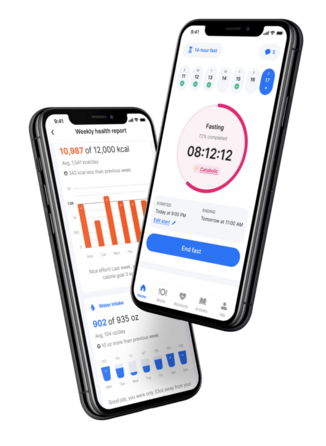
Is the CICO Diet Safe?
The CICO diet is generally considered to be safe for healthy adults.
However, while following it, you must calculate your maintenance calories (the number of calories your body needs to support energy expenditure) in order to get the most accurate results. This number will vary depending on your sex, age, weight, height, and physical activity level—which involves many factors and can lead to miscalculations if not done carefully.
Inaccurate calculations can lead to consuming too few calories, which can become unhealthy long-term; or too many calories, which would interfere with your weight loss goals.
Beyond making sure that you consume the correct number of calories for your needs, during this program, you must get enough nutrients from a variety of foods. It’s important that you don’t cut too much protein and nutrient-dense foods to help the functioning of your body, as these foods can help you reach your goals and keep you healthy in the long run.
But if what you’re looking for is a long-term solution to weight loss, the CICO diet might not be appropriate for you. While this program can promote short-term weight loss, it doesn’t address the underlying reasons for weight gain—which can go from sedentarism to underlying health conditions. Additionally, it can be challenging to maintain a calorie deficit for an extended time, and constantly tracking your calorie intake may not be sustainable if you have a busy life.
As a final note, you should not follow the CICO diet if you have existing health conditions like type 2 diabetes, as this weight-loss method can worsen your symptoms.
Although this approach is safe for healthy adults, you should consult a medical professional or a registered dietitian before trying it.
How Does the CICO Diet Affect Weight Loss?
The “calories in, calories out” approach will lead to weight loss by creating a calorie deficit. You can choose to either eat fewer calories in your meals or burn extra calories through higher activity levels.
Significant weight reduction, body fat loss, and lower waist circumference were observed in a study of 19 obese women and men who were put on a calorie-deficit diet for 2 to 4 weeks.
Another study showed that people could lose the same weight on different diets (low-fat and low-carb) as long as they maintain a calorie deficit.
By cutting your calorie consumption by 500 calories, you should lose around 1 pound a week—which is within a healthy weight loss pace of 1 to 2 pounds a week. However, how much weight you lose will also depend on your body type, frequency of exercise, and gender.
The CICO diet only contributes to weight loss by making you eat fewer calories than you burn. The diet doesn’t acknowledge long-term weight loss, appetite suppression, or other health-related matters—it focuses solely on weight and calorie reduction, ignoring other important health factors like food choices, overall health, nutrient quality, or healthy eating habits.
Other Health Benefits of the CICO Method
Here are the possible health benefits of the CICO diet besides weight loss:
- Might help avoid chronic diseases — by promoting weight loss and the reduction of excess body fat, the diet can decrease the risk of developing heart disease, sleep apnea, depression, respiratory conditions, and certain cancers.
- Helps with portion control — calorie counting may help you be more mindful of what food and how much to put on your plate for weight management.
- Might encourage physical activity — keeping in mind that you must burn more calories than you consume, you might become motivated to stay physically active.
Risks and Downsides To Consider
Even though the diet can help you efficiently reach your weight loss goals, it does have some downsides to consider:
- Might be incompatible with certain health conditions — you should avoid this diet if you have type 2 diabetes, low or high blood pressure, and kidney problems.
- Might lead to an unhealthy relationship with food — the CICO method is highly restrictive, which can trigger disordered eating.
- Doesn’t acknowledge how food impacts health — the diet focuses on calories, not macronutrient content. This means you can eat unhealthy processed foods instead of nutrient-dense, high-protein foods as long as you stay in a calorie deficit.
- Difficult to stick with long-term — requires calorie counting, which can be time-consuming. Also, staying in a calorie deficit can be challenging for extended periods.
Benefits of Combining the CICO Diet With Intermittent Fasting
Intermittent fasting is a time-restricted eating practice that divides the day into eating and fasting windows. This division can aid in weight loss by lowering the total number of calories consumed daily. It is also known to boost insulin sensitivity, which helps the body burn fat for fuel.
The CICO method and intermittent fasting combined have the potential to improve blood sugar control and boost some health-related benefits. Both approaches emphasize calorie balance, which is essential for weight loss.
Moreover, by defining specific eating windows, intermittent fasting can assist in organizing meals and make it simpler to stick to the CICO method.
You can begin fasting by completing a questionnaire on the DoFasting app. This can help you identify your goals, assist you in choosing a fasting plan (12:12, 14:10, 16:8, 18:6, 20:4, etc.), and help you achieve your goals more efficiently.
It can also be used as a calorie-counting app, where you can easily keep track of how much you eat and make sure you don’t exceed your CICO diet calorie goal.
Take a
1-minute quiz
and discover how much weight you can lose with DoFasting!

6 Tips for Starting the CICO Diet
Let’s go over 6 tips and tricks you can apply to make the most out of your CICO journey.
1. Find ways to track your progress
When on a highly restrictive diet, realizing that all the hard work is paying off can help you stay motivated and stick with it. Moreover, tracking your progress is critical to understand whether or not the diet is working for you. If you see no significant changes after a while, you can quit or adjust your diet.
To do so, you can keep a journal to record your body measurements and weight. You can also use an app like DoFasting to track your weight, progress, activity, and water intake. And as a way to know how many calories you consume each day.
Simply put in your data, and the app will do everything else for you.
2. Choose foods that are nutritious and filling
It’s critical to pick nutritious and fulfilling foods while on the CICO method to ensure your body gets adequate vitamins and minerals. This will also help you avoid feeling starved.
Nutritious diets high in vitamins, minerals, and fiber are essential for proper body and immune system function. These meals are also more filling, which can help minimize hunger and the probability of overeating, which are crucial when creating a calorie deficit.
To do this, plan your meals ahead of time and incorporate foods that are nutrient-dense in every dish you prepare, including:
- Whole grains
- Healthy fats
- Lean proteins
- Fiber-rich foods
- Dark, green leafy vegetables
Also, avoid heavily processed foods, packaged snacks, and junk food that will only give you extra calories without any health benefits.
3. Get plenty of exercise
Exercise can help you burn calories faster.
Physical movement can help you create a calorie deficit which is necessary for weight loss on the “calories in, calories out” diet. By getting plenty of exercise, you may consume a few more calories than usual.
Exercise can also boost your metabolism, enhance your cardiovascular health, help you regulate your blood sugar levels, and improve your general mental well-being.
So take a stroll, go cycling or swimming, or do some pilates or yoga—the only rule here is to find an activity you enjoy and can stick to.
4. Get enough rest and sleep
Getting a good night’s sleep is essential when you’re on a calorie-controlled diet. Sleep deprivation can increase cravings and lead to less feeling of fullness. Moreover, good sleep helps to regulate ghrelin and leptin, which are hunger hormones.
Aside from that, sleep is essential for maintaining your energy levels. An energy deficit will make it more challenging to participate in physical activity, and getting adequate sleep will aid in muscle recovery, lean muscle mass maintenance and boost metabolism.
For optimal results during your weight-loss journey, make sure to get 7 to 9 hours of sleep every night.
5. Take steps to reduce stress
Stress can alter hormone levels in the body, making it more challenging to achieve your weight loss goals.
Cortisol is a stress hormone that can increase cravings for sugary, high-calorie foods and even promote the accumulation of belly fat, putting you at a greater risk for developing health conditions, including diabetes, heart disease, and liver problems.
Stress can also affect your sleep quality and motivation, so it’s vital that you avoid stressful situations and learn how to control your stress levels—be it by drinking herbal tea, meditating, listening to music, going for a walk, or practicing any activity that helps you calm down.
Take a
1-minute quiz
and discover how much weight you can lose with DoFasting!

The CICO Diet: Key Takeaways
CICO is an acronym for “calories in, calories out,” the central concept behind the CICO diet. This method claims that, in order to lose weight, one should consume fewer calories than one burns.
The diet can indeed help you lose weight, reduce the likelihood of several chronic diseases and help with portion control. However, it can have certain risks and might not be a long-term solution for weight management, as it ignores multiple relevant health factors that influence body weight.
If you’re considering trying the CICO method for weight loss, consult a registered dietitian before starting.
See how DoFasting will improve your life
Find out what works for you with this 60-sec quiz approved by our experts and get your personal revolutionary fasting assistant.
Start the Quiz